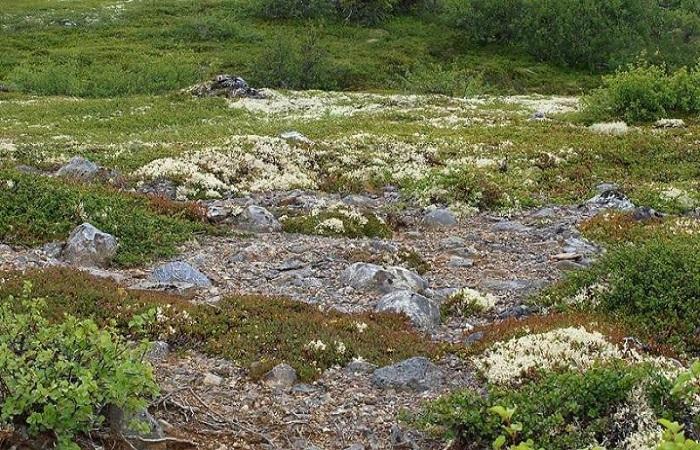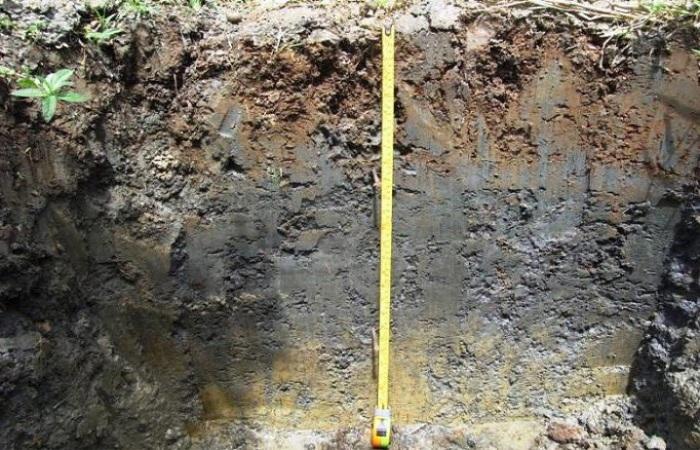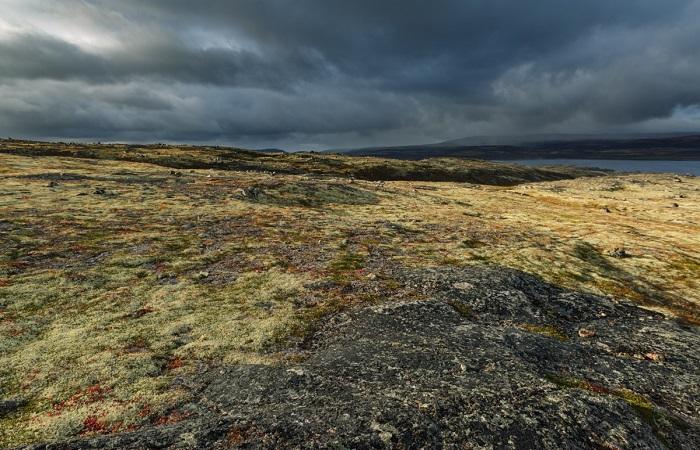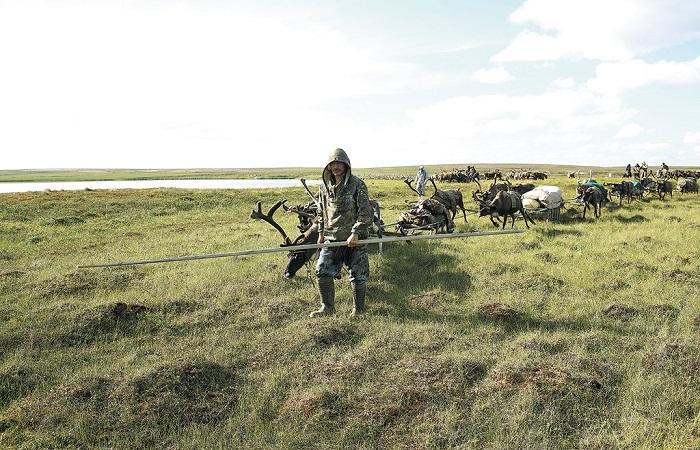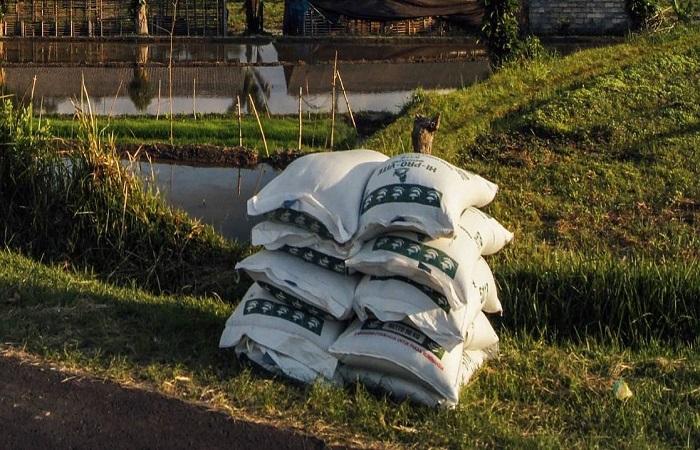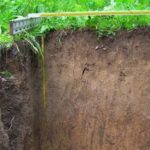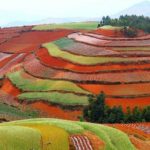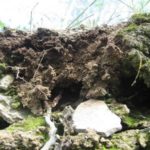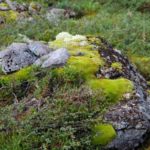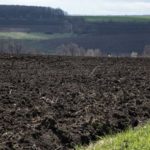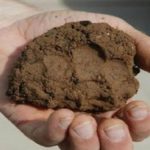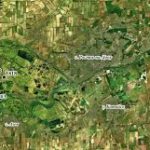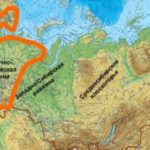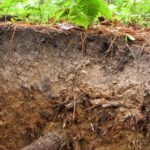Gley soil types have formed in swampy and waterlogged areas. This is one type of soil, like others, it has its own characteristics. Let's consider their main characteristics, the conditions that contributed to their formation, the type of profile, properties and classification. In which regions are gley soils common, as well as how and where this type of soil is used.
Main characteristics
Gley soils are formed under the influence of various soil factors. Soils of this type are common in a certain area. They have a characteristic structure; their distinguishing feature is the presence of a gley horizon.
Formation conditions
Gley horizons are present in waterlogged areas, swamps, and wetlands. They are formed under the influence of large amounts of moisture from ground and sedimentary waters, and under the influence of anaerobic bacteria. Gley is formed as a result of a complex of biochemical and microbiological processes, which include:
- reduction of organic and mineral substances, as a result of which mobile forms of aluminum oxide, manganese, and iron are formed;
- conversion of humic acids to fulvic acids;
- soil oxidation;
- destruction of aluminosilicates, from which clay minerals that contain divalent iron are formed.
Gley soils have a predominantly heavy mechanical composition (loams and clays). Thaw to a depth of 0.5-1.5 m.
Profile type
The gley horizon has a characteristic color - bluish, greenish, gray, with rusty spots, it has low porosity, the horizon is structureless. Such a layer can develop in waterlogged conditions, in wetlands where there is a lack of oxygen. Gley soils are thin, have a simple structure, the top layer, where mosses, lichens, willows, sedges and alders, and cereals grow, is thin.
Sod-gley soils are formed in the taiga zone under coniferous, deciduous and mixed forests, in which mosses and grasses predominate. Soils are formed on poorly drained plains and lowlands, on carbonate rocks.Formation conditions: stagnation of sedimentary waters, high groundwater levels. The same soils can also form in areas occupied by meadow vegetation.
Spreading
They form in cold climates, in the presence of excess moisture and a small amount of organic matter. Characteristic of the belt that stretches along the Arctic Ocean, from the Kola Peninsula to the Bering Strait. In the south, soils with a gley horizon pass into the taiga-forest zone.
Properties and classification
For gley soils, the most important determining factor is the gley thixotropic horizon. Thixotropy is the ability of waterlogged soil under mechanical influence to switch from a viscous-plastic mass to a quicksand and after some time to return to its previous state without loss of moisture. Thixotropy and gleying increase from north to south.
Gley soils are characterized by strong leaching and have low soluble salts and carbonates. The soils are distinguished by the presence of humus and weathering products. Fulvic acids predominate in the composition of humus; they are associated with sesquioxides and have mobility. At a depth of 0.6-0.7 m there is little humus - 0.3 to 3.0%.
The acidity of soils in different subtypes varies from acidic to slightly acidic. The highest acidity is found in the soils of the southern part of the tundra and in the soils of the forest-tundra. The absorption capacity of gley soils is usually small, but the level of salt saturation is high (up to 98%), excluding layers with a predominance of organic matter. From south to north the saturation level rises. In terms of gross composition, differentiation of silt particles and mineral elements, the differences between the layers of gley soils are small.
Where is gley soil used?
Territories under tundra soils are pastures for herds of reindeer.These regions contain up to 40% of the total territory of reindeer pastures. Animals graze in a strip of tundra with mosses, lichens and shrubs.
Agriculture also develops on gley soils. In the subarctic zone, greenhouses have been built in which vegetables, root crops, and potatoes are grown. Vegetables and fodder crops can also be grown in open ground. On such land, grasses grown for dairy cattle are sown. Of course, all varieties of crops in cold regions are selected so that they are resistant to cold and early ripening.
Ways to improve gley soils are to strengthen biochemical and aeration processes, improve the thermal regime and compulsory application of fertilizers. Soils need increased doses of nitrogen and phosphorus mixtures.
Incoming phosphorus in such soil is retained more strongly than other elements; it is also combined into difficult-to-reach forms, therefore the amount of phosphorus that needs to be added to northern soils should be 2-3 times greater. Nitrogen is recommended to be used in ammonia form; it should also be applied in increased doses.
Gley soils are common in northern Russia. They are formed in accordance with the conditions of soil formation, under the influence of high humidity, low temperatures and a small volume of plant residues. The fertility of such soils allows them to be used for pastures and even for growing plants using large doses of fertilizers.

